The Dezeen team’s favourite buildings of 2024
- Advertisement -
The Dezeen team’s favourite buildings of 2024
From an art gallery in a converted grain silo to a brick workshop in Vietnam, Dezeen’s editorial team have each picked their favourite building of 2024, out of more than 1,000 we have published throughout the year.
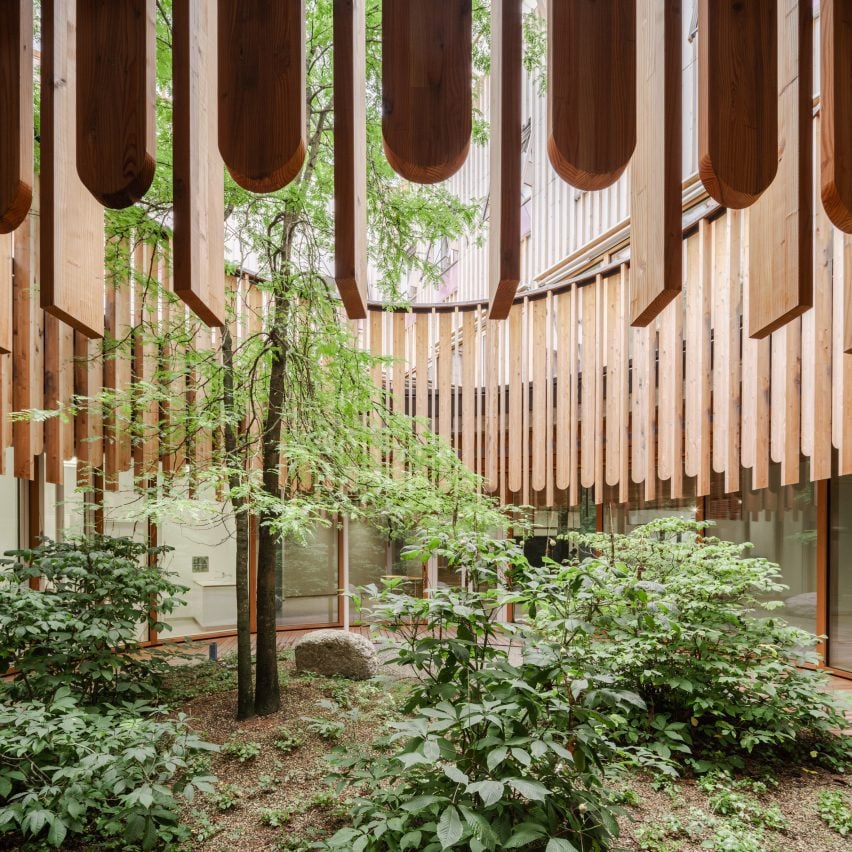
University Children’s Hospital, Switzerland, by Herzog & de Meuron
“At a glance, you might mistake this wood-lined courtyard for part of a luxury Scandinavian home, but it actually belongs to Kinderspital, a hospital for kids in Zurich.
- Advertisement -
“The project embodies the need to bring nature into the built environment that we so often hear about but is so rarely put into practice in healthcare – at least here in the UK, where medical infrastructure is plagued by sterile white-walled spaces.
“You can be sure the building not only aids the healing process for children but also comforts worried parents and fatigued staff. It’s an unexpected triumph for a studio best known for its cultural landmarks.”
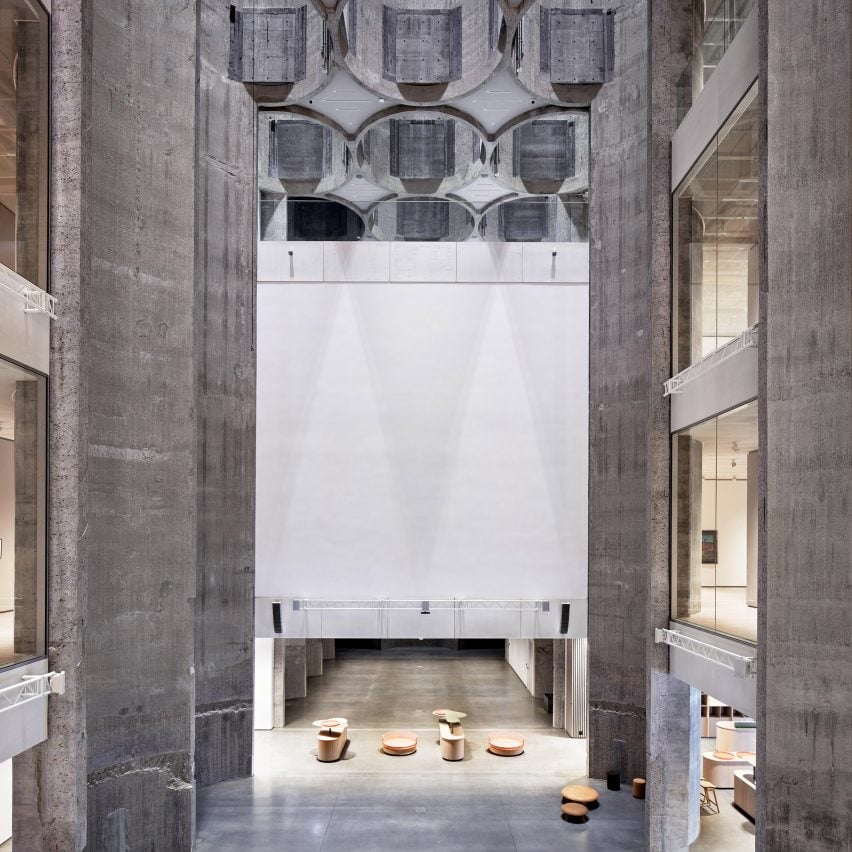
Kunstsilo, Norway, by Mestres Wåge Arquitectes, BAX and Mendoza Partida
“No two galleries are the same within this converted 1930s grain silo in southern Norway, renovated to house the world’s largest private collection of modern art from the Nordic region.
“Mestres Wåge Arquitectes, BAX and Mendoza Partida preserved the building’s bright white functionalist facade, which gives away nothing from the outside, making the ‘basilica-like’ central atrium a striking revelation.
“Imagining myself standing in the interior as a tiny person gawping at this 21-metre-high circulation core, I’m transported to the inside of an otherworldly spaceship or maybe a jumbo cheese grater. My references aren’t strictly architectural, but the project sparks a distinctive feeling – and that’s what I like to get from a building.”
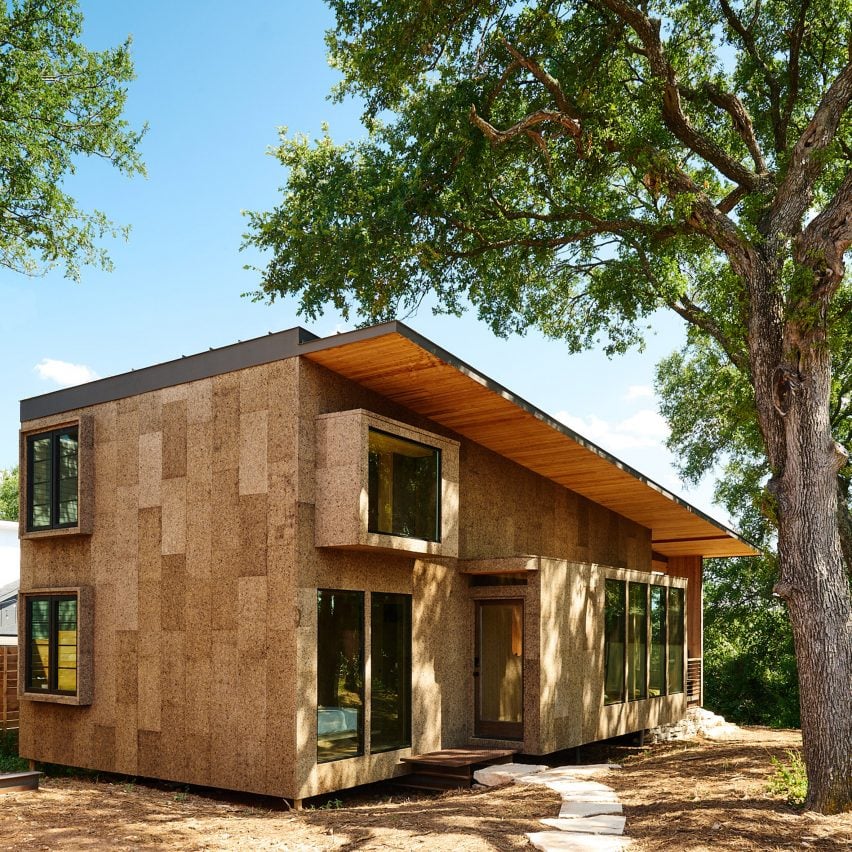
Cross Cabin, USA, by Moontower Design Build
“With mass timber’s rising popularity, Texas-based studio Moon Tower Design Build gestured even further, constructing what it calls a ‘plant-based’ house in Austin.
“Relatively simple in form, the structure has a cork exterior and mass-timber structural elements, with many different types of wood used for the interiors, mostly left unfinished to highlight the processes and nature of the materials as well as the almost-ubiquitous use of wood.”
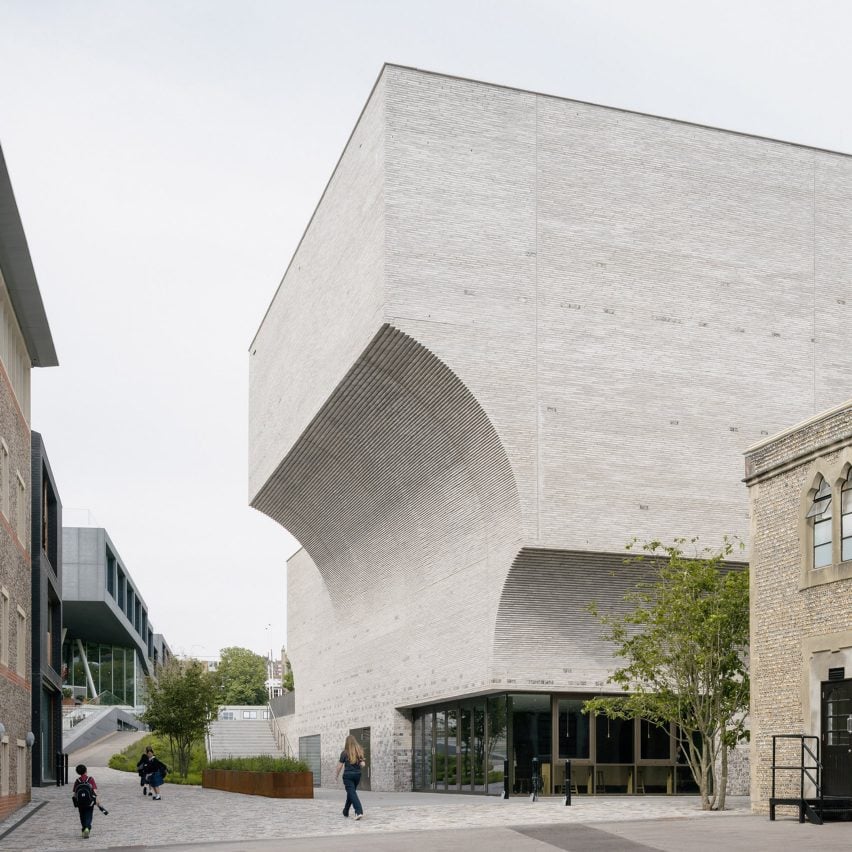
Brighton College performing arts centre, UK, by Krft
“‘Form follows function’ is a phrase often thrown around in architecture, and it’s perfectly embodied in Dutch studio Krft’s design for the Brighton College performing arts centre, where the facade bulges out to accommodate stepped theatre seating.
“The studio made bold moves with the massive brutalist form, but the scale is somehow softened by the grey brick and flint cladding, which creates a subtle stepped pattern under the swooping curves and ties to the adjacent neogothic flint building.”
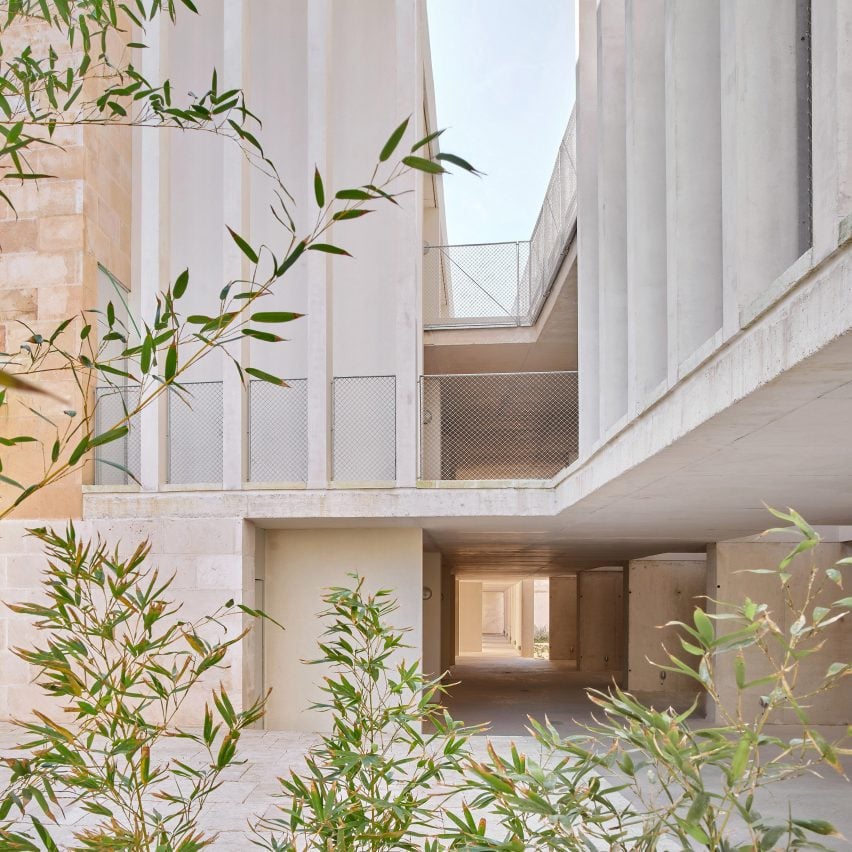
Living in Lime, Spain, by Peris+Toral Arquitectes
“Mallorca has emerged as an unlikely hotspot for quality social housing in recent years, and this development of 42 apartments by Barcelona studio Peris+Toral Arquitectes is among the best examples I’ve seen to date.
“It is respectful of its surroundings, gentle in its density and sparing in its use of concrete, as well as generous in layout and use of material finishes inside the flats. I expect it will be a place where people enjoy living for a very long time.”
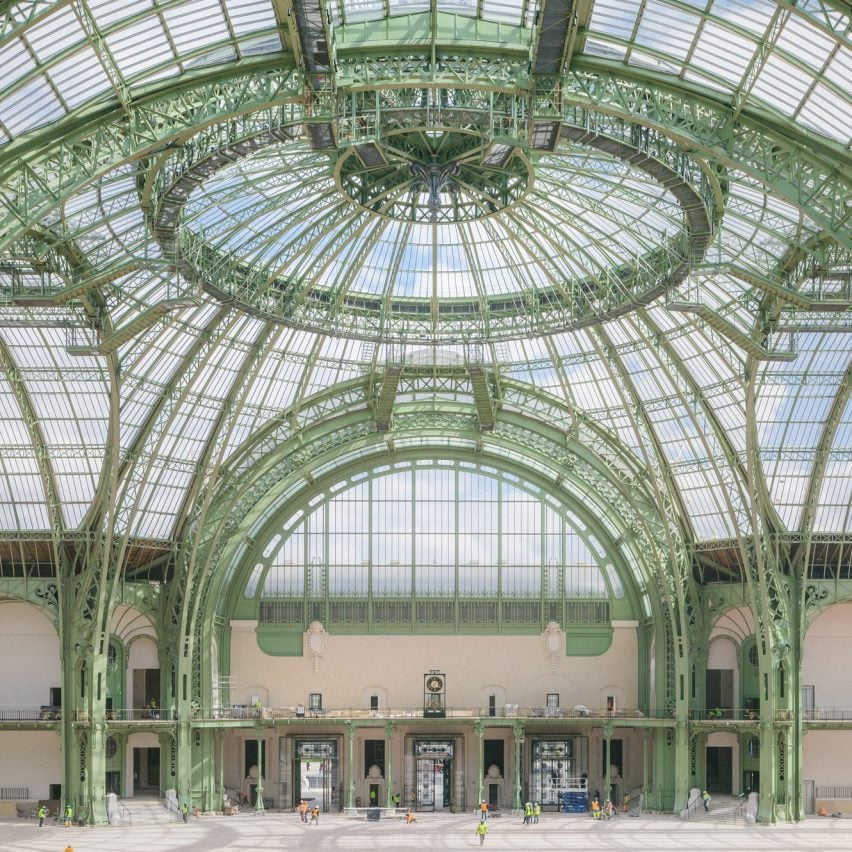
Grand Palais restoration, France, by Chatillon Architects
“More than any other venue, the Grand Palais came to represent this year’s Paris Olympics with is vast green-steel-and-glass structure forming a dramatic backdrop for the fencing and taekwondo events.
“The 19th-century landmark structure between the Champs-Élysées and the Seine was restored by French studio Chatillon Architectes ahead of the games.
“It’s not only the restoration of a significant landmark, but also demonstrates the Olympics’ increased focus on reuse – with just one new permanent venue built for this games.”
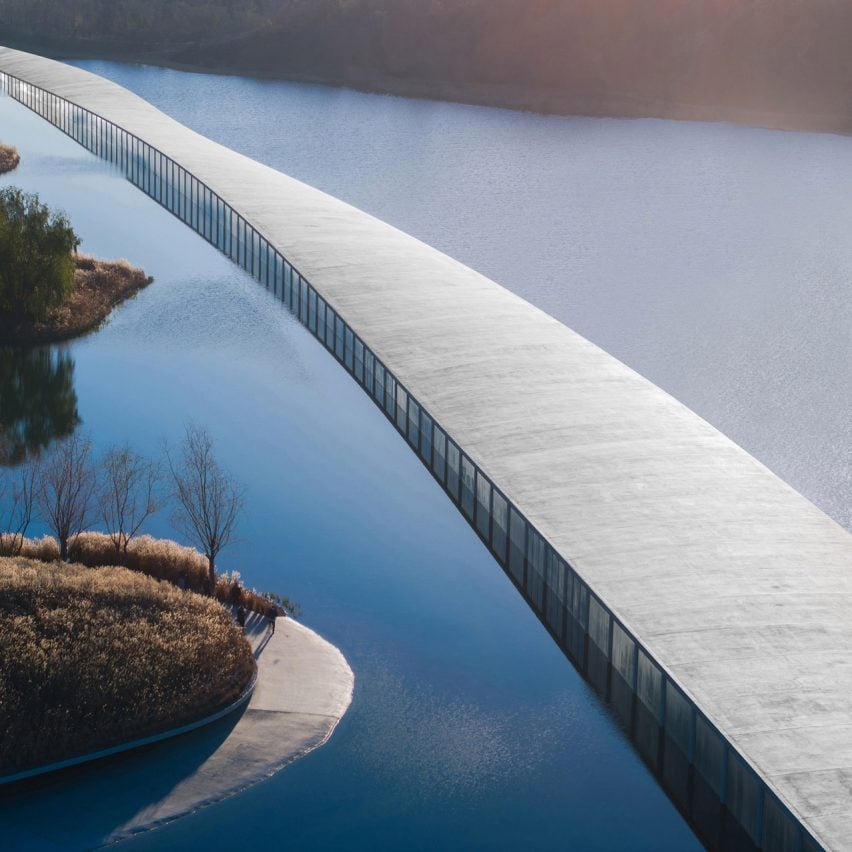
Zaishui Art Museum, China, by Junya Ishigami
“Like Jesus, Junya Ishigami’s Zaishui Art Museum allows visitors to walk on water – in this case, an artificial lake in China’s Shandong Province.
“Small gaps in the facade allow water to wash over the museum’s floor, setting a dramatic new example for how buildings in China – and the rest of the world – can actually bring people closer to nature rather than keeping them sequestered.”
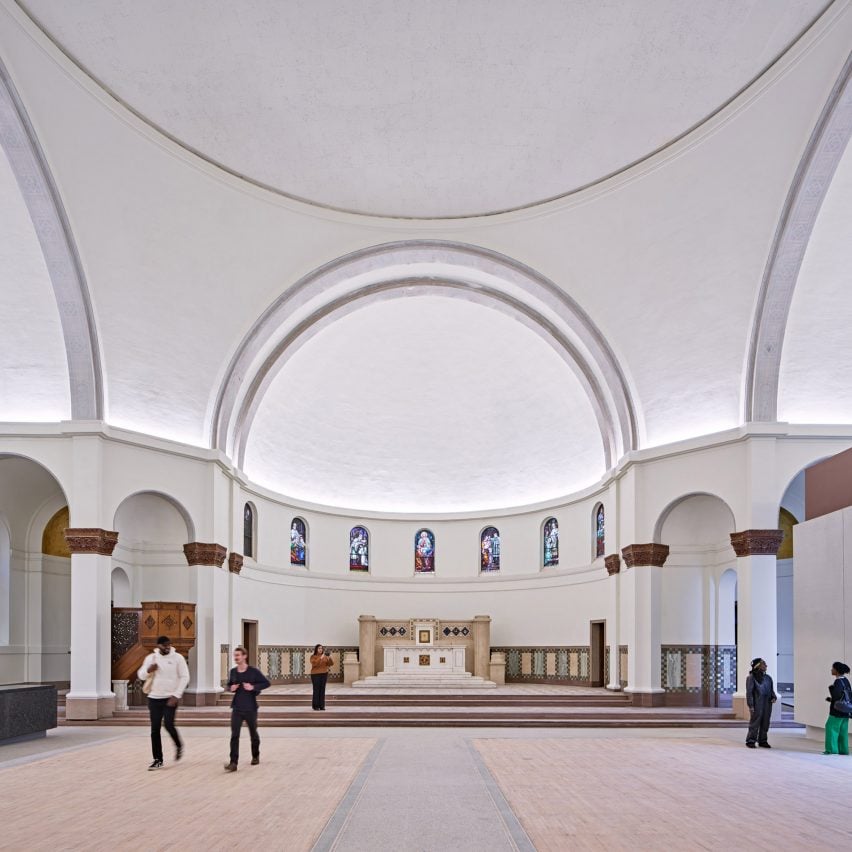
The Shepherd arts centre, USA, by Peterson Rich Office
“Following a recent increase in development in Detroit, The Shepherd arts centre is part of the wider Little Village project, which encompasses a host of creative spaces.
“While impact on the city from these recent projects remains to be seen, Peterson Rich Office thoughtfully restored and converted this early-1900s church into a gallery space. I imagine it lends itself well to a host of events, or a peaceful Sunday at its library.”
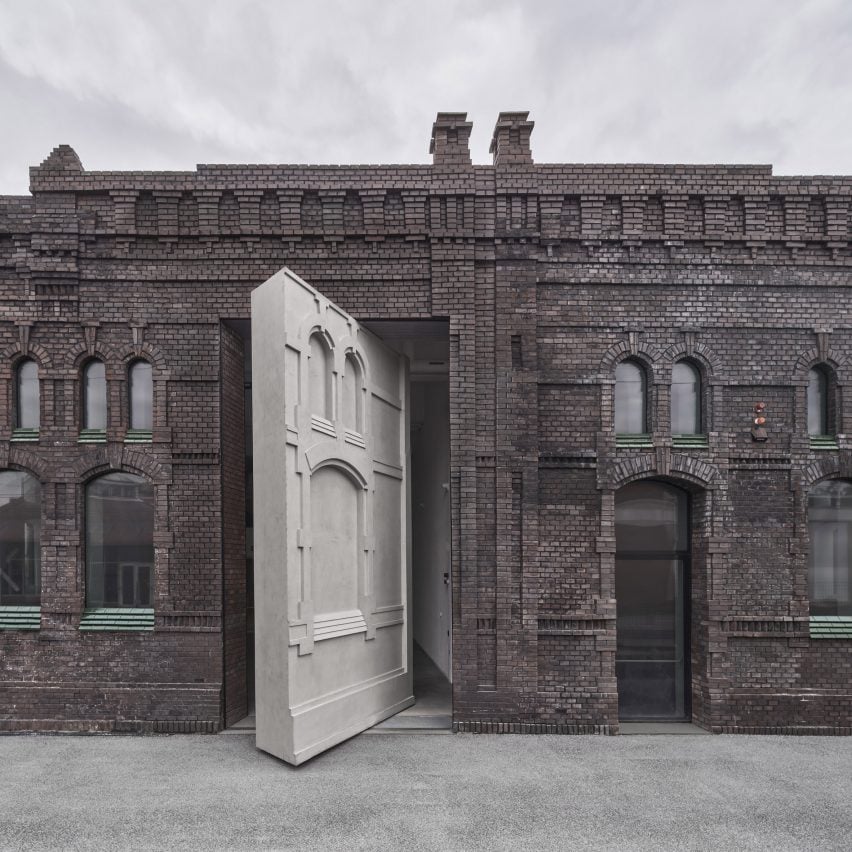
Plato Contemporary Art Gallery, Czech Republic, by KWK Promes
“The Czech Republic has been the site of a significant number of interesting architecture projects in recent years, many of them adaptive reuse ones that transform existing buildings.
“The best one this year was architecture studio KWK Promes’ metamorphosis of a former slaughterhouse in Ostrava. The studio turned the heritage-protected 19th-century brick building into an art gallery, adding rotating white concrete walls that let it open up to its surroundings.”
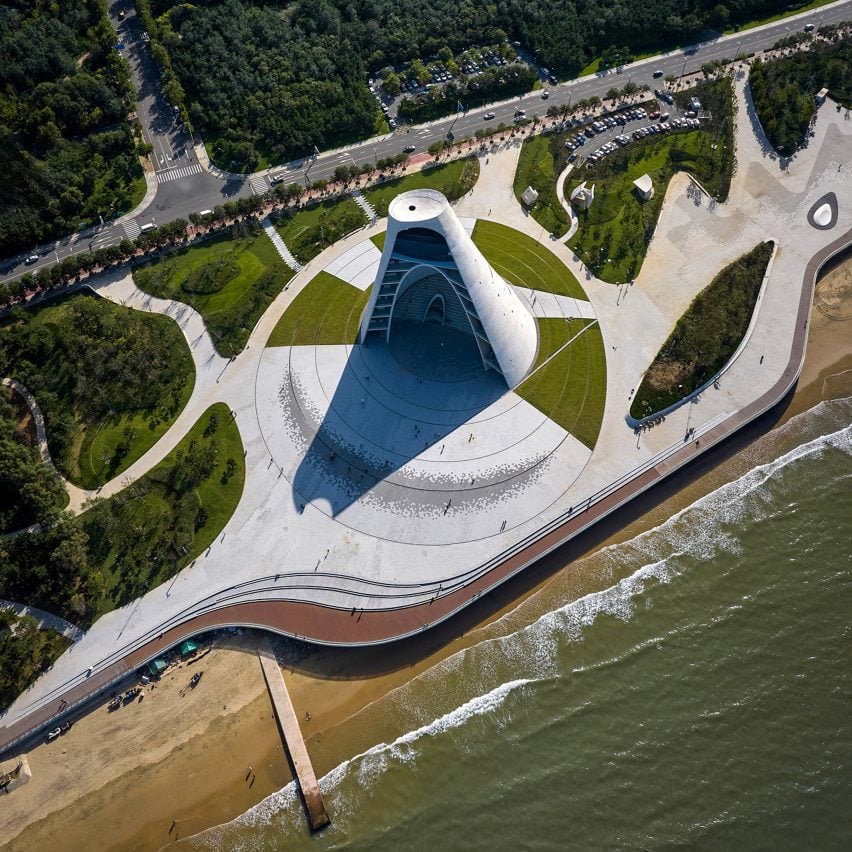
Sun Tower, China, by Open Architecture
“After a museum inside a sand dune and a rock-like concert hall, Open Architecture managed another landmark cultural building that interacts with nature. This time, the building is able to mark the changing path of the sun throughout the year.
“The visually striking form is topped with a glass-lined library and a semi-open viewing deck. I can imagine myself just sitting there all day staring space into the sea. It’s exactly what the public in China need to slow down and relax.”
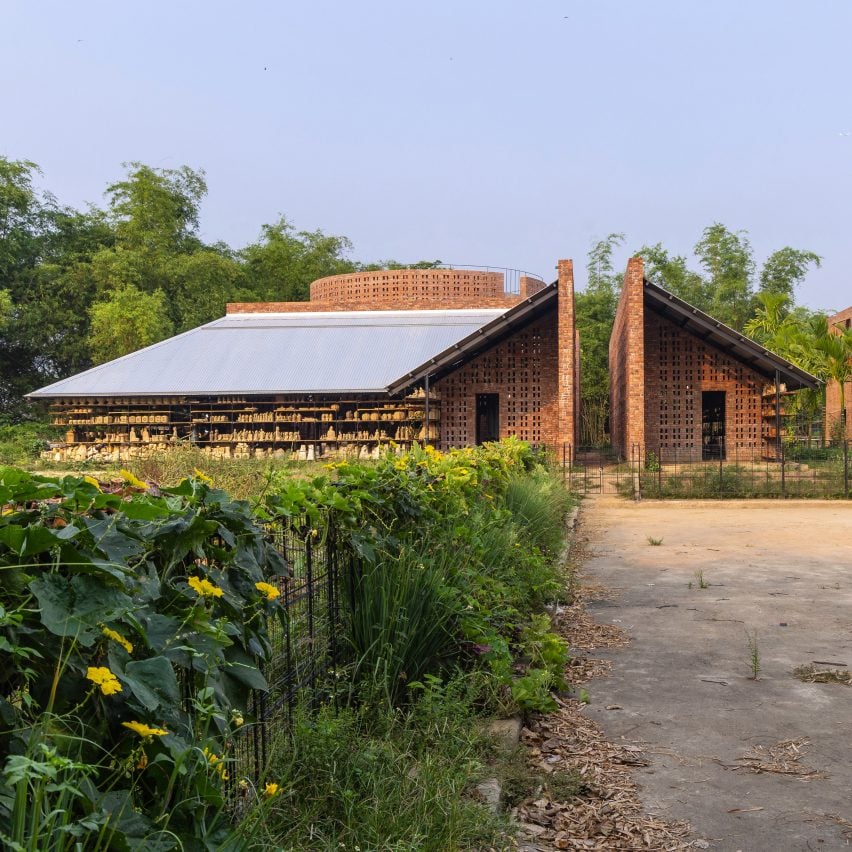
Terra Cotta Workshop, Vietnam, by Tropical Space
“Encompassing a visitor centre and brick kiln, the Terra Cotta Workshop in Vietnam by Tropical Space was designed to accompany the site’s existing Terra Cotta Studio, which was designed by the studio for artist Le Huc Da in 2016.
“Drawing me to the project’s simple yet charming design is the use of perforated brick walls, which provide shade and ventilation on the interior, as well as its open shelving, which encloses the workshops and doubles as a display space for the pottery.”
- Advertisement -

